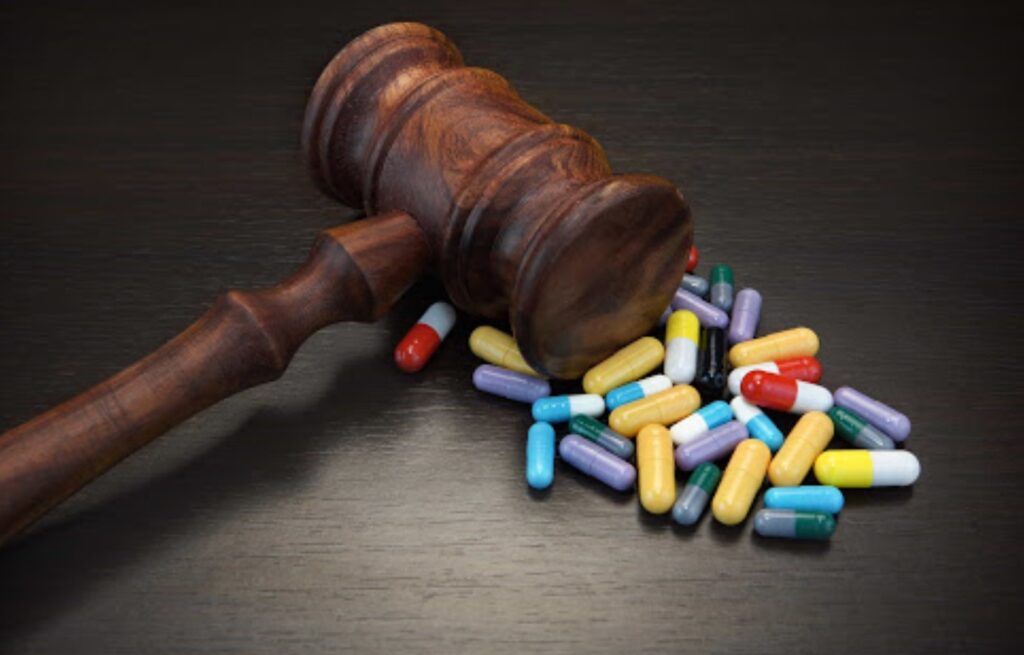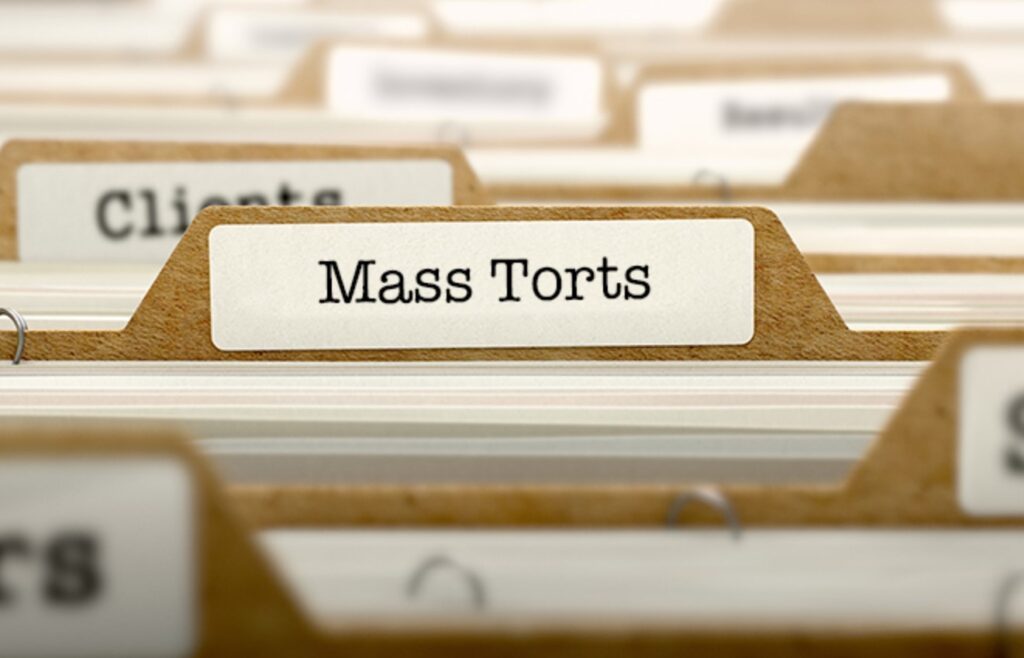You have probably heard of situations when the same company was sued by hundreds or even thousands of consumers. This is an example of mass tort litigation. It allows you to receive compensation for physical injuries, emotional distress, financial loss, or property damage. If you feel you have been wronged, lawyers will help you join or start a mass tort case.
Reliable law firms offer case reviews first. You can determine if this type of lawsuit is the best solution in your case. For example, Masstort.us provides reviews for free. Whether it is a consumer product, a drug, or medical device that causes harm, you are not alone: mass tort brings together multiple victims — hence the name.
What Is a Tort?
By definition, a tort is different from a criminal offense. The tortfeasor commits a civil wrong that causes harm to other parties (in this case, there is always more than one victim). This person or entity is legally responsible for the harm.
The Most Common Types of Mass Tort
Usually, these cases are related to some form of negligence. The first case was in the 1970s when Vietnam War veterans sued herbicide producers that had created Agent Orange. Then, asbestos litigation followed. Since then, these cases have been increasingly common. The most typical scenarios today include the following.

1. Consumer Product Claims
This category includes cases when physical harm or death is caused by malfunctioning or defective products. For example, these could be car vehicle parts, toys, or food. One of the most recent examples was related to the recall of the Takata airbags that tended to explode when deployed.
2. Pharmaceutical Claims
At the moment, hundreds of US residents are filing lawsuits against manufacturers of Zantac and its generic ranitidine. The plaintiffs claim the companies knew about the NDMA contained in their products but chose not to inform the public. This compound (N-nitrosodimethylamine) is classified as a probable carcinogen.
Even despite rigorous requirements for testing and approval, some drugs may cause unfortunate health consequences. Such claims force manufacturers to recall their products. Eventually, they are held liable for the damage.

3. Environmental Torts
When a company does something that causes environmental damage, the consequences are often far-reaching. For example, seawater may be contaminated due to oil spills. This is what happened as a consequence of the Deepwater Horizon disaster in 2010. The ensuing mass tort litigation has resulted in thousands of payments made by BP.
Another example is the pollution of groundwaters. This causes local residents to be exposed to toxic chemicals. Environmental torts are very diverse — just like the injuries and their causes.
Standard Mass Tort Process
So, what should you do to join a mass tort case? When a large group of people wants to sue the same person or entity, their lawyers must get permission from the court for filing a mass tort action. The following criteria are considered:
- How many plaintiffs are there;
- Where they reside (near to or far from each other);
- How similar are their injuries;
- Whether their claims are associated with the same cause (e.g., a defective medical device).
If the permission is granted, this means the court acknowledges the case as a mass tort action. It is then assigned to a judge. They may decide whether to publish information about the lawsuit in newspapers, so more victims may come forward and file their lawsuits.

How to Find a Law Firm
So, how should you choose your lawyer? Obviously, this cannot be random. Here are the most important factors to consider.
1. How Experienced Are They?
Make sure the firm has experience with this specific type of lawsuit. Mass tort cases may be extremely complex. Sometimes, it takes the court months or even years to reach a verdict.
For example, if you are planning to sue a pharmaceutical company, you need an expert who has dealt with cases in this realm. Someone suing their employer for racial discrimination would want to hire a lawyer with a background in employment law. However, the same expert can hardly handle claims about defective toys or medical devices.

2. Check Their History of Verdicts and Settlements
Knowing that the lawyer has dealt with similar cases is not enough. You need to understand how well they have performed. What is the percentage of successfully resolved cases? What settlements were reached?
Do not hesitate to ask the firm for such detailed information. You could also reach out to their former clients for honest feedback. Would they recommend you hire them?
3. How Big Are Their Resources?
As mass tort cases involve many plaintiffs, the lawyer needs to have sufficient resources for investigation and preparation. The firm should be financially sound, and it is also worth checking how many lawsuits are being pursued. Staff shortage may hamper your case. If you conclude that the lawyers are stretched thin, look elsewhere.

4. What Is Their Fee Structure?
Everybody knows that assistance from a lawyer does not come cheap. Make sure all the costs are clear upfront. The fees must be perfectly transparent.
For example, if they work on a contingency basis, you will only pay if your mass tort is successful. Still, the fee will constitute a certain percentage of the amount you are awarded, so clarify this beforehand. Finally, any financial agreements with your lawyer must be provided in writing before you officially join a lawsuit.
Class Action Is Different
This term should not be confused with mass tort. The latter involves an individual claim and lawsuit for every plaintiff. Each of them attends a separate trial that considers his or her distinct damages.
In the case of a class action, plaintiffs are considered as a group. Only one trial takes place. As a result, compensation for each plaintiff is usually lower than in a mass tort case. Investigation work used to prepare one mass tort case may be transferred to another one, which saves resources and accelerates the process.









